#(gestures)
Explore tagged Tumblr posts
Text

I'm just yankin your chain man
#might come back to this one but for now#gestures#really shouldve made the chain animated on separate layers but whateverrr#we ball we ball#gravity falls#gravity falls fanart#stanford pines#ford pines#grunkle ford#billford#cat animates stuff#art stuffs tag
2K notes
·
View notes
Note
How do I write basic movements, I'm not a native speaker so it gets hard for me to define basic bodily movements. Even if it's as simple as reaching out and taking something off the counter
Facial expressions, gestures, and eye gaze are often identified as the 3 major types of body language, but other aspects such as posture and personal distance can also be used to convey information.
A few common gestures & their possible meanings:
Pursed lips. Tightening the lips might be an indicator of distaste, disapproval, or distrust.
Lip biting. People sometimes bite their lips when they are worried, anxious, or stressed.
Covering the mouth. When people want to hide an emotional reaction, they might cover their mouths in order to avoid displaying smiles or smirks.
Turned up or down. Slight changes in the mouth can also be subtle indicators of what a person is feeling. When the mouth is slightly turned up, it might mean that the person is feeling happy or optimistic. On the other hand, a slightly down-turned mouth can be an indicator of sadness, disapproval, or even an outright grimace.
A clenched fist can indicate anger in some situations or solidarity in others.
A thumbs up and thumbs down are often used as gestures of approval and disapproval.
The "okay" gesture, made by touching together the thumb and index finger in a circle while extending the other three fingers can be used to mean "okay" or "all right." In some parts of Europe, however, the same signal is used to imply you are nothing. In some South American countries, the symbol is actually a vulgar gesture.
The V sign, created by lifting the index and middle finger and separating them to create a V-shape, means peace or victory in some countries. In the United Kingdom and Australia, the symbol takes on an offensive meaning when the back of the hand is facing outward.
Crossed arms might indicate that a person feels defensive, self-protective, or closed-off.
Standing with hands placed on the hips can be an indication that a person is ready and in control, or it can also possibly be a sign of aggressiveness.
Clasping the hands behind the back might indicate that a person is feeling bored, anxious, or even angry.
Rapidly tapping fingers or fidgeting can be a sign that a person is bored, impatient, or frustrated.
Crossed legs can indicate that a person is feeling closed-off or in need of privacy.
Open posture involves keeping the trunk of the body open and exposed. This type of posture indicates friendliness, openness, and willingness.
Closed posture involves hiding the trunk of the body often by hunching forward and keeping the arms and legs crossed. This type of posture can be an indicator of hostility, unfriendliness, and anxiety.
The term proxemics, coined by anthropologist Edward T. Hall, refers to the distance between people as they interact.
Just as body movements and facial expressions can communicate a great deal of nonverbal information, so can the physical space between individuals.
Hall described 4 levels of social distance that occur in different situations:
Intimate Distance: 6 to 18 inches. This level of physical distance often indicates a closer relationship or greater comfort between individuals. It usually occurs during intimate contact such as hugging, whispering, or touching.
Personal Distance: 1.5 to 4 feet. Physical distance at this level usually occurs between people who are family members or close friends. The closer the people can comfortably stand while interacting can be an indicator of the level of intimacy in their relationship.
Social Distance: 4 to 12 feet. This level of physical distance is often used with individuals who are acquaintances. With someone you know fairly well, such as a co-worker you see several times a week, you might feel more comfortable interacting at a closer distance. In cases where you do not know the other person well, such as a postal delivery driver you only see once a month, a distance of 10 to 12 feet may feel more comfortable.
Public Distance: 12 to 25 feet. Physical distance at this level is often used in public speaking situations. Talking in front of a class full of students or giving a presentation at work are good examples of such situations.
Source ⚜ Writing Resources PDFs ⚜ Some Additional Resources:
Anatomical Movements
Types of Body Movements
Human Body Movements
Hope this helps with your writing! Definitely have trouble with this at times as well.
#anonymous#writeblr#writers on tumblr#writing reference#spilled ink#writing prompt#creative writing#literature#dark academia#anatomy#body language#body movement#gestures#writing resources
680 notes
·
View notes
Text

Niccolo di Segna - Pinnacle with Angel. 1335
534 notes
·
View notes
Text
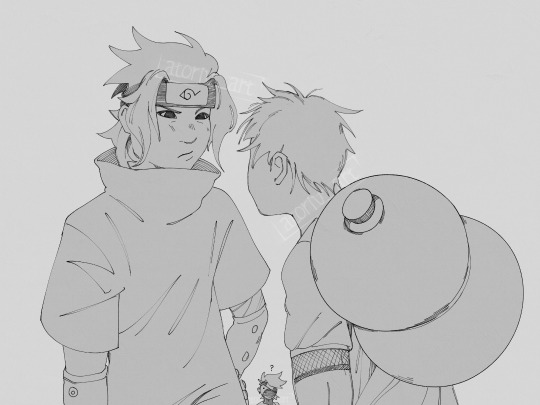
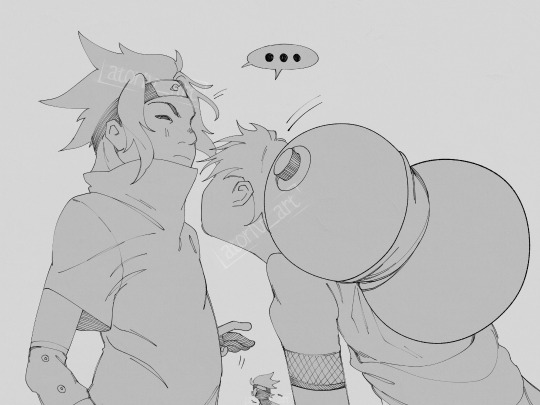

strange vibes
7K notes
·
View notes
Text
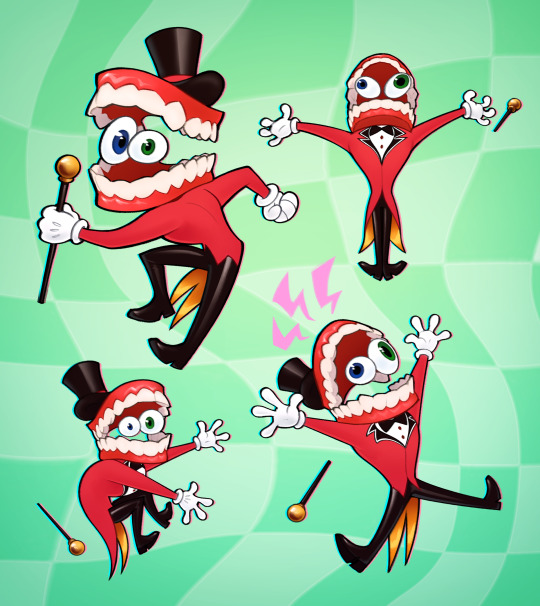
Gesture practice
670 notes
·
View notes
Text
We ask your questions anonymously so you don’t have to! Submissions are open on the 1st and 15th of the month.
#polls#incognito polls#anonymous#tumblr polls#tumblr users#questions#polls about language#submitted jan 15#language#finger quotes#gestures
190 notes
·
View notes
Text

Forgive me if it taked some times but here Fluttershy!🌸🦋 I love this kind-hearted and anxious pegasus 💛🩷
#my little pony#mlp g4#mlp#fluttershy#discord#discord mlp#fanart#character design#digital art#artists on tumblr#pegasus#gestures#fantasyart#my little pony friendship is magic#drawing
146 notes
·
View notes
Text

Drew some Chethanies at an apple cider place we stopped by 🙏
76 notes
·
View notes
Text


281 notes
·
View notes
Text





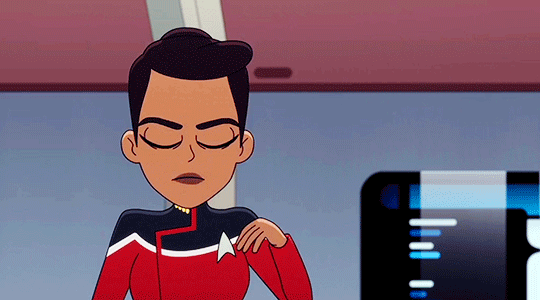
#star trek#jack ransom#beckett mariner#bradward boimler#star trek lower decks#star trek lds#st lds season 5#st lds 5x01#dos cerritos#star trek spoilers#lds spoilers#gestures#trekedit#*
156 notes
·
View notes
Text
miscommunication prompts:
(feel free to use <3 req by @seungspolaroid )
"Do you think I'm joking around right now?"
"everytime i look at you, i feel more alone."
after A says something that B understand wrongly, "i think i fucking deserve better than that."
"out of all the people, why would you..."
"you upset me multiple times, [name]-" "i don't know what i did, i swear idk why you're so mad right now?" "I'm the mad one now huh.."
"how hard it is for you to sit and TALK to me? "
"wow. you're putting words in my mouth that I've never said."
"no one can save this relationship now, can they?" "it isn't like something i say is gonna change your mind."
"you lost me a long, long time ago."
"but you said that.. you said what you knew would hurt me the most. you did it too." "i.. didn't.."
"how can i believe you?"
"i don't trust you anymore."
"what is your problem? why won't you trust me anymore??"
"talk it out with me please, please i beg you."
"you didn't say that...?" "i.. didn't."
#writer prompts#otp prompts#dialogue prompts#imagine your otp#writeblr#writing prompts#urfriendlywriter#writing inspiration#miscommunication#miscommunication prompt#negative tropes#conflict prompt#conflict meme#conflict prompts#imagine your characters#imagine your ocs#imagine your ship#otp drabble prompts#writing drabble#drabble ideas#otp writing#otp things#otp meme#otp ideas#otp ship#fake scenarios#gestures#i have no motivation to write aaaaah
1K notes
·
View notes
Text







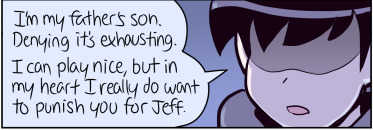

Are you normal or Have You Noticed (shoutout to my friend @cody-paranatural who noticed most of these!!)
#Paranatural#pnat#isabel guerra#cody jones#isabel pnat#cody pnat#tag#pnat posting#GESTURES#analysis#<- eye GUESS . this is very messy#ans there is SO MUCH MORE but eye am limited to ten pictures. mwah. ily.#SHOUTOUT TO MY FRIEND ALAN FOR HELPING ME THINK WITH THESE ILY MAN#he is sooooo smsrt#Eye Love You Alan half of this post is because of him<3 mwah#its just like. god. how davy is very much a 'narcissistic mother' archetype (ignoring the misuse of the word) very mother gothel#despite being a very masculine man#and Grandpa guerra is the very embodiment of 'boys dont cry' but its at his lesbain (or at LEAST wlw) granddaughter#its insane#casually drops my pj lore into this post lolll anywyas#codyposting
176 notes
·
View notes
Text
Writing Notes: Body Language
Body language - involves communication provided through nonverbal channels. This includes posture, facial expressions, eye movement/contact, proximity to others, and physical movements (Pease, 2017).
Body Language vs. Nonverbal Communication
Nonverbal communication - includes all forms of communicative acts except speech.
Body language - a type of nonverbal communication. It lies under the umbrella of nonverbal communication, which encompasses a broader scope of communication (Milton & Randall, 2022).
One way to differentiate between the two is to think about body language as all the nonverbal communication that can be seen (Milton & Randall, 2022).
Nonverbal communication that is not considered body language (or cannot be seen) includes repetition of words or statements, vocal characteristics of speech such as tone and volume, and sounds that might not be considered words such as “hmm” and “uh-huh.”
Some types of body language include:
Facial expressions. The face is an extremely expressive form of body language, with the ability to communicate numerous emotions without a single word. From anger to anxiety, fear to grief, embarrassment to disgust, facial expressions are one form of nonverbal communication that is considered universal across cultures and species (Keltner, 2009).
Gestures. Hand, arm, and body gestures are part of daily life. So much so that now in video calls or online meetings, a hand gesture or arm movement can simulate a thumbs-up or heart emoji. Gestures can be positive, such as an “OK” signal, or negative. Gestures are largely cultural and may express different meanings depending on geography and ethnicity.
Posture. How an individual moves and holds themselves communicates information in subtle and powerful ways. Posture includes how someone sits, holds their head, stands, walks, and engages their physical stance.
Eye contact. Our visual sense is especially important in nonverbal communication. The way we look at others can communicate many things and help to improve or detract from the flow of conversation. Eye contact can convey affection, anger, attraction, and interest, among other things.
Physical touch. Physical touch is a powerful form of body language and nonverbal communication. From hugs to handshakes, touch demonstrates a variety of messages. Touch is also a very personal way to express interest, emotion, and engagement with others and can be received well or create discomfort and tension.
Personal space. Physical space in interactions is also a very personal aspect of body language. Our need for or comfort with it depends a great deal on culture, the specific relationship, personal preferences, past experience, and the given situation. Understanding other people’s boundaries is an important component of assessing the need for personal space.
As more interpersonal communication becomes virtual, it is important to be aware of how body language is portrayed on a screen. Some ideas to consider in virtual sessions include:
Make sure lighting is sufficient so clients and/or members can see facial expressions and pick up on body movement.
Be aware of posture. It is easy to get too comfortable behind a screen and hunch over. Have good support when sitting, staying upright and attentive.
Maintain healthy eye contact. It may be beneficial to shift between looking at the screen and looking directly at the camera to avoid uncomfortable stares.
Avoid touching the face and head too much, as this conveys insecurity and can be a distraction.
Smile and use warm facial gestures, as the face is the main thing people see in virtual meetings.
Use hand gestures. This will require the computer or recording device to be placed far enough away to capture some of the upper body.
Cultural differences in body language exist. Below are samples that have been observed. It is not an extensive list of all cultural differences in body language, but it demonstrates that ongoing education and awareness are important when working with others in personal and professional settings.
Hand gestures. A thumbs-up in Western cultures is a signal of “OK,” but in the Middle East it is a sign of “up yours.” Similarly, curling the index finger (a sign to move closer) is considered impolite and rude in areas such as China and the Philippines (Cortez et al., 2017).
Eye contact. Most Western countries view eye contact as a sign of confidence and interest. In many Middle Eastern countries, eye contact between sexes is deemed inappropriate, and in some Asian cultures, unbroken eye contact is seen as aggressive and confrontational (Cortez et al., 2017).
Touch. Northern Europe and Far East cultures engage in very little physical contact or touch, where physical touch is a large part of socializing in the Middle East and Latin America (Cortez et al., 2017).
Seated positions. In Japan, sitting cross-legged is a sign of disrespect, and showing the soles of the feet is offensive in Middle Eastern countries (Cortez et al., 2017).
Interpreting Body Language
Argyle (1978) was one of the first modern researchers to study nonverbal communication and believed that humans have more than 700,000 forms of body language. Some specific areas to note for interpreting body language include paying attention to the head, face, eyes, arms, and hands.
Head. Nodding when another person is speaking is a sign that you are focused and listening. It can demonstrate that you agree with or acknowledge what is being said and validate opinions. Tilting the head to one side is also a sign of attentive listening and respect. Both of these are considered positive gestures in conversation. A lowered head or head back with a rigid neck is a sign of a negative attitude, criticism, denial, or rejection. When someone is supporting their head with their hands, this is a sign of boredom and disinterest. And angling the chin upward is a sign of arrogance and dominance (Danesi, 2022).
Face. As most people know, smiling is an open, approachable facial gesture that indicates warmth and interest. On the other hand, frowning is a sign of anger, disinterest, or disagreement with what is being communicated. Raising the eyebrows is a sign of surprise, and raising a single eyebrow tends to be an expression of disbelief. Pursed lips tend to demonstrate anger, sorrow, or a lack of acceptance, depending on the situation (Danesi, 2022).
Eyes. It is often said that the eyes are the window to the soul. Eye contact is the basis for understanding in conversation. When eye contact is avoided, it may demonstrate discomfort, uncertainty, or shyness, or signal that the person has something to hide. When someone’s eyes are narrowed, it could indicate anger. Briefly closing the eyes and quickly opening them again is called confirmatory blinking and can indicate confirmation or approval of another person (Danesi, 2022). Narrowing the eyes can mean several things, such as confusion or a need for more information. It may also indicate concentration or anger. It is also important to notice the pupils. Dilated pupils can demonstrate interest and attraction, while widening the eyes can signal surprise or excitement.
Arms and hands. Upper body postures consist largely of the arms and hands, which are the most mobile and prominent demonstrations of body language. Crossing the arms is a way for someone to create distance and demonstrates a negative attitude (Danesi, 2022). When arms are crossed and the individual is gripping their upper arms, this signals tension and discomfort. Arms crossed with balled fists are also negative body language but signal aggression and anger. Putting hands on the hips can be a sign of aggression or dominance. Putting hands in pockets signals a lack of engagement and defensiveness (Danesi, 2022).
General Tips on Interpreting Body Language
In general, self-confident people frequently look at their reflection in mirrors or windows and place themselves in a position to be the center of discussion. People demonstrate confidence through large gestures, big postures, self-assured smiles, firm handshakes, and steady eye contact. Embarrassment, insecurity, and low confidence are seen through nervous laughter, avoidance of eye contact, turning away, and avoidance (Mandal, 2014).
Nonverbal cues of fear can be seen with wide eyes, clutching, and gripping. Holding the breath, glancing around, and placing hands in front of the body is also a sign of fear (Mandal, 2014).
People demonstrate resentment with crossed arms, a stiffened body, hunched shoulders, and low vocal tone (Mandal, 2014).
Sexual interest and attraction can be seen through eye contact, exaggerated facial gestures, blinking, wetting the lips, touching the body, or crossing and uncrossing legs (Mandal, 2014).
Source ⚜ More: Notes & References ⚜ Writing Resources PDFs
Hand Movements ⚜ Common Gestures ⚜ Facial Expressions
#body language#communication#writing notes#writeblr#psychology#dark academia#writing reference#writers on tumblr#literature#spilled ink#writing prompt#culture#creative writing#gestures#character development#facial expressions#light academia#writing tips#writing advice#fiction#writing resources
263 notes
·
View notes
Text

this is modern charlie sorry
205 notes
·
View notes
Text
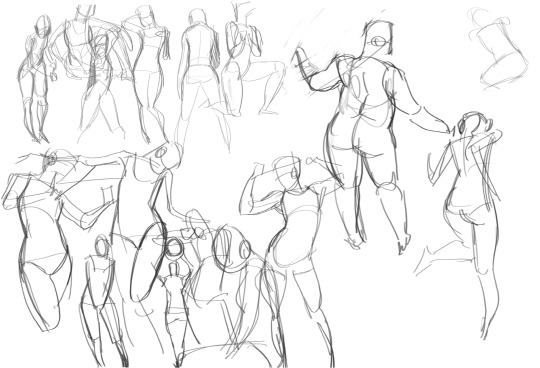
tried digital gestures to warm up today and LOVED IT, super nice. my favorites are the three fullish pieces from the right. All referenced from @adorkastock 's sketch app. Tried to exaggerate juuuust a wee bit.
147 notes
·
View notes
Text

Opening Tumblr 5 years from now
#futurism#science fiction#transhumanism#artificial intelligence#cyberpunk#sci fi#cyborg#simulation#singularity#androids#robots#minority report#tom cruise#philip k. dick#films#movies#technology#touch#Tumblr#gestures
34 notes
·
View notes